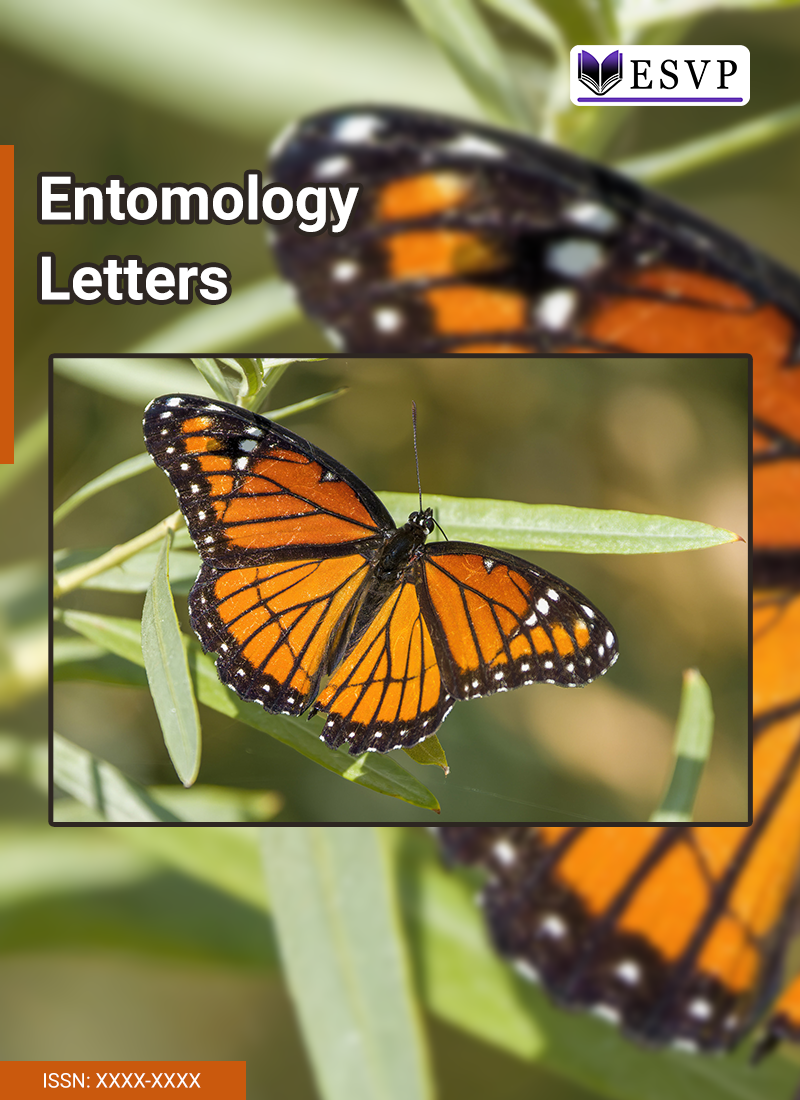
Butterflies and moths, classified under the order Lepidoptera, are widely recognized as bioindicators of ecological changes in tropical forest ecosystems. This study aimed to assess the species diversity of Lepidoptera in the Western Mindanao State University Experimental Forest Area (WMSU-EFA) in Zamboanga City. Sampling was conducted at six separate locations over 126 person-hours, using an opportunistic sweep-netting technique. Biodiversity parameters were analyzed using PAST software version 3.0. A total of 39 species were identified, comprising 23 butterfly species and 16 moth species in eight families. The family Nymphalidae exhibited the highest number and abundance of species, probably due to its adaptability to different host plants. Eurema hecabe tamiathis emerged as the most frequently observed species (13.57%), indicating its ability to thrive in diverse environments. The only species that was vulnerable seemed to be Idea electra. Among all sites, the secondary dipterocarp forest (site 4) showed the highest species diversity (H’ = 2.993), richness (S = 23), and population abundance (30.00%). The overall diversity index (H’ = 2.2625) indicated moderate species diversity, likely supported by a variety of vegetation types. Species were evenly distributed throughout the study area, with no single dominant species. However, ongoing habitat disturbances, particularly deforestation and human land-use activities, pose potential risks to Lepidoptera populations in the area.